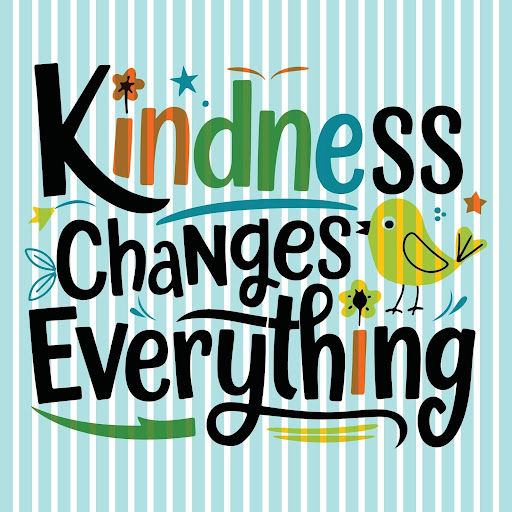What Does Basic Math Have to Do With Our Success (or Failure)?
- Michele Andorfer

- Feb 18, 2021
- 2 min read
We all live, interact, and move in and out of several different environments every day. This may include our work/school environment, our social environment, our home environment, and our personal environment. Sometimes we find we are achieving success in one environment, but are lacking success and/or happiness in the other environments.
Environments of Success (EOS) is a research-based program that focuses on developing foundational behaviors and mindsets to help people achieve success not in only one or two of their environments, but in EVERY environment. This is best illustrated with the concept of “E + R = O”
Event + response = Outcome is a concept that has been around for a while. People understand the outcome that is desired is totally dependent on the response to the event. You have a choice - are you going to respond in a way that will get you your desired outcome, or will you respond in a way that results in an outcome you don’t want? The choice is completely up to you!
What is often overlooked is the space - the space between the event and the response. In that space, you have the ability to pause and choose. People who don’t pause and choose often react - and that seldom leads to the desired outcome!
To understand this, think about it in simple, mathematical terms.
Your response can add to the attainment of a positive outcome (+).
Your response can multiply the desired outcome by creating transformation or exponential results (x).
Your response can take away from the desired outcome (-).
Your response can create a divisive outcome (÷).
Here is an example that was used with some high school students.
Event: A student forgets to write down the date and time of the final exam that is needed to pass the class and misses taking the exam.
Desired Outcome: To pass the class.
Four different responses you can choose:
(+) Response - explain to the teacher what happened. Apologize. Be honest
(x) Response - explain to the teacher what happened. Apologize. Be honest. Realize that this is a continuing issue and develop a plan so it will not happen again. This is transformative and results in changed behavior.
(-) Response - Tell the teacher that she didn’t clearly communicate when the final would be
(÷) Response - Tell the teacher she didn’t clearly communicate when the final would be and tell all the other students what a terrible teacher she is.
With every response, you make the choice whether you are going to create a positive outcome, negative outcome, transformative outcome, or a divisive outcome. It really is up to you!
How can you apply this to your own work or home life?
I challenge you to pause and think the next time you are about to respond to a situation. Remembering how simple math plays into your response and can have a big impact on your final outcome.




Comments